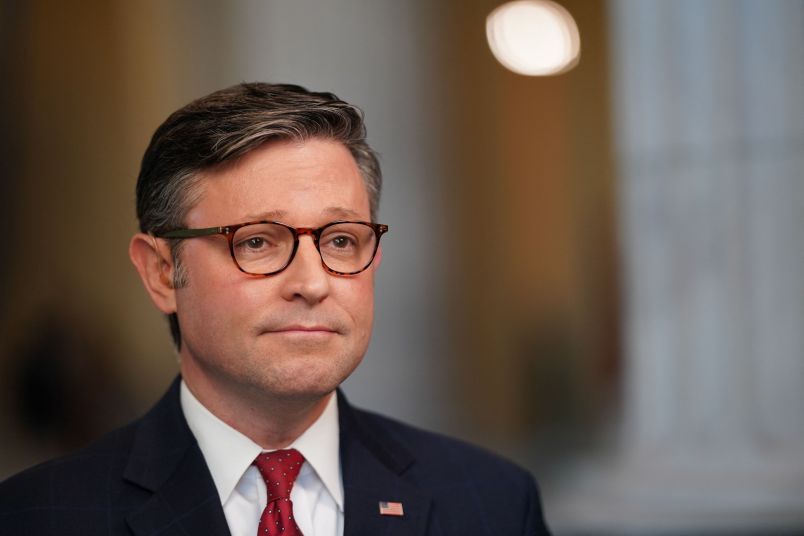How is it that a Senator’s office ends up sending a form letter to a grieving parent of a child killed in a mass-shooting? The answer is that there’s no excuse. But two letters we received from TPM Readers shed some role on just how bad it’s gotten and the role of astroturf campaigns in the problem.
From TPM Reader MB …
It’s surprising how bad American political staffs have become at handling routine constituent correspondence like this — routine, that is, in the sense that elected officials can expect to receive frequent letters that require some modicum of understanding and acknowledgment.
When I was a kid, our school encouraged us to write to elected officials. I remember sending letters to LBJ and to Chuck Percy and to Dirksen, and I think to Abner Mikva as well. They all wrote back, sending short notes that were tactfully worded to indicate that they (or their staffer) had read and understood my letter.
People used to manage this with manual typewriters. Now, with computers and email and much larger staffs, we can’t seem to do it.
It’s not just senators. My state rep, with about 40,000 voters in his district, doesn’t answer emails; neither does his chief of staff.
Astroturf campaigns are greatly to blame here; it’s not hard to generate hundreds or thousands of letters and emails, none of which are worth reading. Still, any batch of letters could easily include a constituent services task that matters. And — let’s face it — a letter that begins ” Alex was murdered while watching a movie in Aurora, Colorado.” is one of those. This isn’t even a difficult letter to answer, but it has to be answered.
TPM Reader PL gives us more inside perspective …
I used to work on Capitol Hill as a junior staffer responding to constituent letters and emails. I wanted to give a quick bit of context for the McCain / Flake form letter scandal.
The first point is that the sheer volume of correspondence Hill offices get. It is increasing dramatically. See this 2011 report from the Congressional Management Foundation that found some offices experienced over a 1000% increase in constituent mail from 2002 to 2009 . And a good chunk of that volume is from interest groups who conduct form letter email campaigns. [i.e. “click here to send an email to Congress”]
When I worked as an “LC” in 2007-08 the form letters were such I huge part of our office’s daily email traffic, I actually devised ways to auto-filter them based on their IP address [Form letter services are usually handled by a handful of specialty firms, so all the emails they send are blasted from their servers and appear as coming from the same IP address] Of course, my coworkers and I would then scrutinize the filters letters to make sure we did not miss any important information that people may have written in addition to the standard form letter content.
From your story about the Aurora parents it seems that Mr. Teves wrote his heart wrenching and personal story within a form letter campaign organized by Mayors Against Illegal Guns. Therefore, if McCain’s and Flake’s offices use similar routing and filters procedures to those that I used, I can absolutely see how there could have been a mistake in how Mr. Teves’ email has handled. Had Mr. Teves’ submitted his email via the senator’s own web form portal and not that from Mayors Against Illegal Guns, his email would have appeared as ‘unique’ and not bundled with a larger form letter campaign. It is still an oversight that the AZ staff did not see Mr. Teves very personal content. But it is an accident I can easily see happening in a busy and overworked congressional office.
Lastly, remember the congressional staff who are handling constituent mail. They are typically quite young, 23 – 25 years old. The junior staff positions are not well paid and there is often a high turn over rate.
Wanted to give you guys some context and ‘insider’ perspective on this story.







